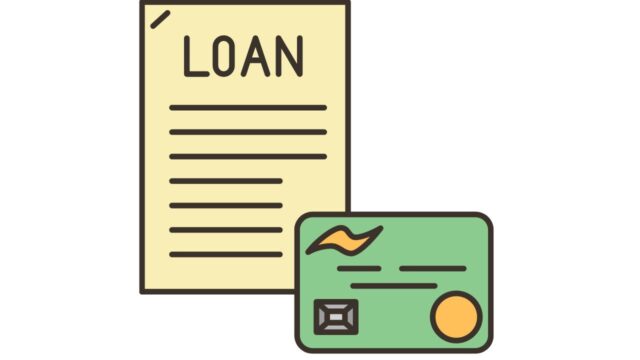
Debt means anything that is either owed and/or due. The parties to any debt are referred to as lenders i.e. those who give, and borrowers or those who receive loan.
Usage
Debt is used both by corporate entities as well as private parties as a means of making a big purchase that the individuals or corporations concerned would not have been able to pay for, with their existing financial resources.
History of debt
Ever since the dawn of civilization, debt emerged as the very first form of commerce in human history. In fact it would not be wrong to say that debt was the harbinger of civilization as it exists today. Long before money and coins were invented as instruments of exchange as well as a measure of wealth, debt was used as a form of trade and there is anecdotal evidence that it may have existed as a means of trade at least three millennia before the invention of money.
Monetary debt
A debt agreement allows the borrower to partake a money loan with the cravat that it would be paid back in full during a stipulated period of time (typically) with interest.
Interest
“Interest” as the term applies, is the cornerstone of all commercial debts. It’s the reason that the lender gives money to the borrower. I.e. the amount that has been loaned will be paid back with an additional amount that is the charge or fee for the money that has been loaned.
Bad debt
Bad debts usually signify loans that have not been paid or will not be paid in the future, i.e. the borrower may ‘default’ or refuse to make payments on both the principal as well as the interest.
This may be due to a variety of reason ranging from insolvency to deliberate fraud. In either case the lender is incapable of receiving the amount he has loaned and may in the long run be forced to write off the loan altogether.
Corporate debts
Bonds
When corporate entities need funds they may resort to long term debt instruments such as ‘bonds’ for their capital expenditures such as plant expansions or setting up new factories. Bonds are typically long term instruments and mature at a specific date long after they have been issued. On maturity the principal amount as well as the interest is paid to the bond holder.
Commercial paper
These are generally needed for meeting the operational expenses of the company and they usually mature within a 270 day period.


































